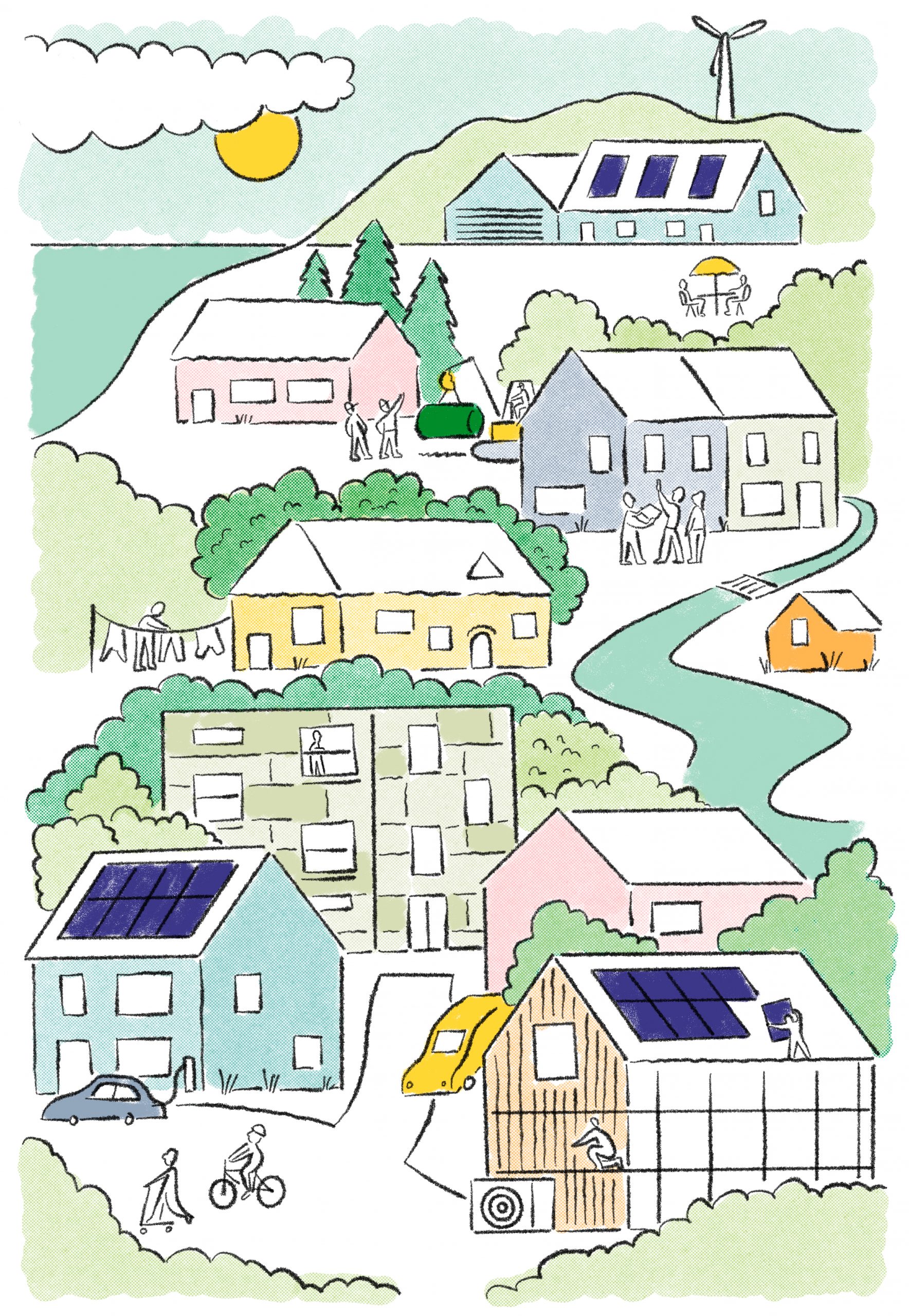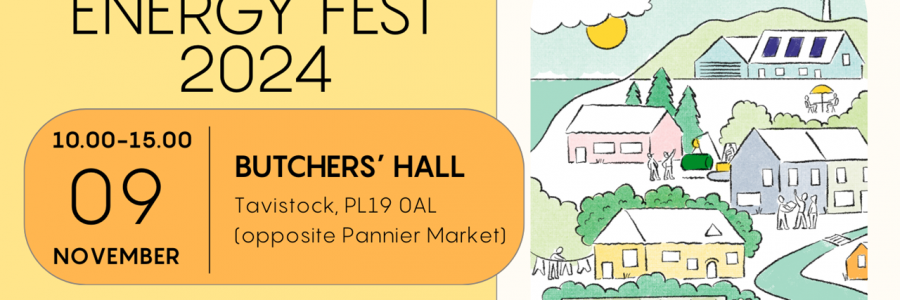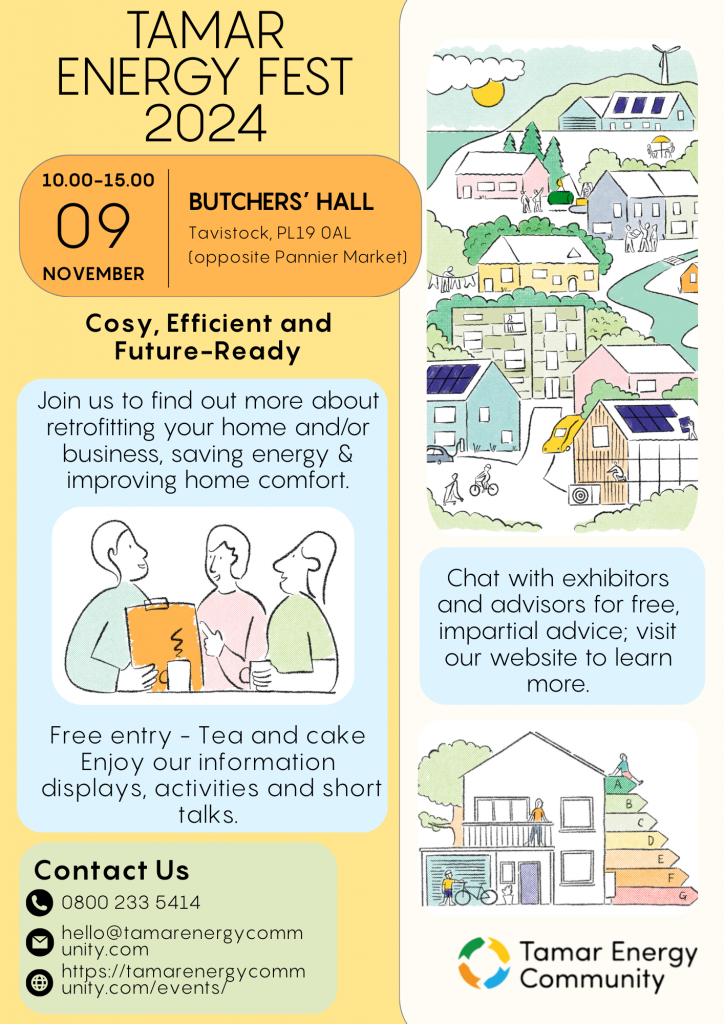LED bulbs are far less expensive to run than the more traditional incandescent (or tungsten) and halogen alternatives.
As an example, a traditional 60w incandescent bulb used for an hour and a half per day over a year would cost £11.18p based on the energy price guarantee price of 34p per unit.
An equivalent LED bulb (around 8.5 watts) would cost £1.58 per year to run and is likely to cost £2.50 or less to buy.
If you replace your old incandescent bulb with an LED you’ll save approximately £8.50 in your first year.
Not sure what sort of bulbs you have?
LED bulbs do not get hot. They put more or less all the energy into generating light.
If you have light bulbs which are hot to the touch (don’t touch them directly as you might get burnt, but put your hand close to them) then they are not LEDs.
A rule of thumb is that a halogen or incandescent bulb is likely to cost around 10 times the cost of an LED, and you can recoup the cost within the first year.
Festive lighting
Christmas is a time of year when many people are lighting their homes with Christmas tree lights; and some of us may have displays outside.
Calculations made by Wizer Energy suggest that households that include LED Christmas lights (25 metres of LEDs), outdoor LED rope lights and an LED rope light decoration outside could add £15.70 a month to your electricity bill this winter assuming they are on for 8 hours a day; which would increase to £49.05 if your lights are incandescent rather than LED.
If you’re concerned about managing your energy bills this winter, you may want to consider how much you invest in your festive lighting.
Lighting your tree with 25 metres of LEDs may only cost you 50p for the month of December. The external lights will cost more.
Wizer Energy calculations in more detail
Christmas Tree Lights – The Difference between LED & Incandescent
Most UK households will use 2 sets of LED fairy lights to brighten up their tree/trees around the house, which equates to around 25 metres of length; If you leave the lights on between 4pm-12am you can expect to pay around £0.0163 per day for the luxury, that works out at around 50p for the entire month of December.
However, the older incandescent bulbs are far more expensive. Yes they may look nice, but a string of lights with 100 bulbs will consume roughly 40 watts, which would cost you £0.1088 per day, or £3.37 per month, an increase of £2.87!
“Generally speaking you’ll see the older incandescent bulbs in the homes with an older age profile, they may not even be aware that these lights are costing them a fortune as they’ve presumably had them for quite some time. If you’re popping in to visit the Grandparents in the next few weeks it might be time to swap out the old lights for some LEDs.”
Outdoor Rope Lights
Lining the outside of your house with rope lights is a trend that has only grown in popularity over the past 10-15 years and it should be no surprise that these lights are some of the biggest energy consumers. LED rope lights usually consume around 1 watt per foot, so a 50 metre length of rope light that’s left on for 8 hours a day is going to cost you £0.4461, or £13.82 for the month of December.
Again, the incandescent bulbs are far more expensive – the same length of lighting nearly triples the price, as these bulbs would use around 3 watts per foot, working out at £1.34 per day or £41.54 for the month.
Outdoor Decorations
Outdoor rope light decorations are another common sight across the country, take this Reindeer & Sleigh decoration from the Range for example –
“These decorations can be a little bit deceptive as they are relatively inexpensive, not too big and look great in front of the house – however they utilise LED rope lights too, this one features around 5m of rope light, which means it’ll cost you £0.04 to run for 8 hours, or around £1.38 for the month”
Calculations
– Monthly Cost –
LEDS – 25 metres of fairy lights (£0.50) + 50 metre of outdoor rope light (£13.82) + 1 Outdoor Decoration (£1.38) = £15.70
INCANDESCENT BULBS – 100 bulbs @ 40 w (£3.37) + 50m of rope light, 3w per foot (£41.54) + 1 Outdoor Decoration (£4.14) = £49.05
“Our advice – If you have any older, incandescent style bulbs left, get rid of them! They’re costing you a fortune in comparison to the LED equivalents.”







